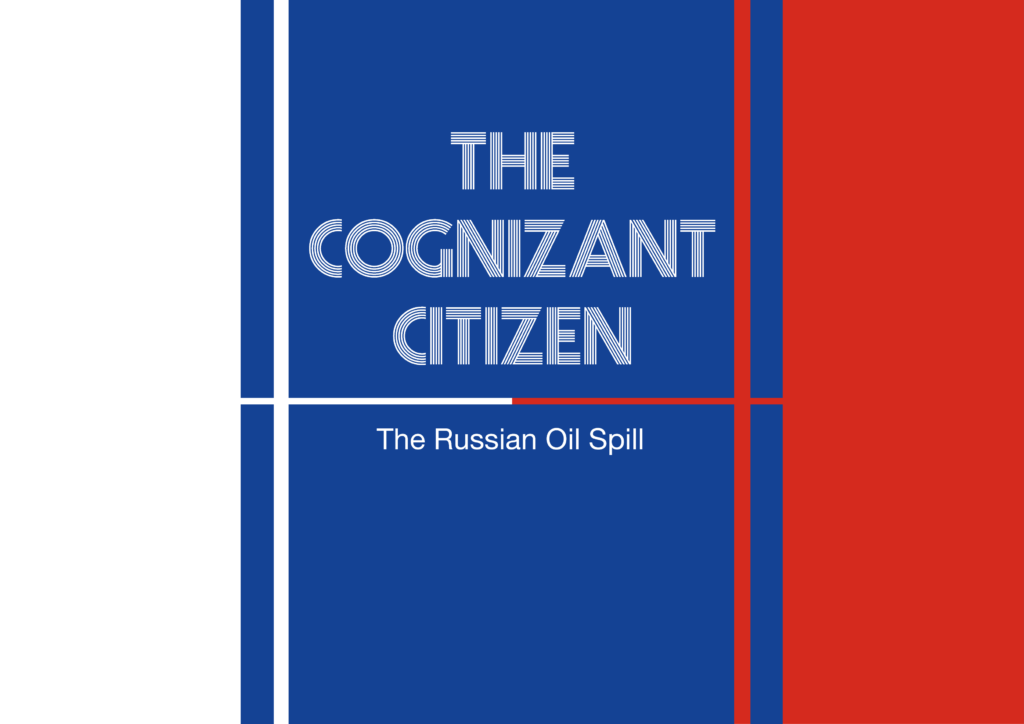
While the rest of the world is battling against widespread Covid-19, the regions of Norilsk and Siberia in Russia is facing a severe environmental threat and biological damage which will persist in the coming years. A fuel tank in Norilsk, Russia cracked open leaking over 20,000 tons of fuel into nearby rivers and seeping deep into the ice and soil.
HOW DID THE INCIDENT OCCUR?
As of 2017, Norilsk, Krasnoyarsk Krai, is the most polluted city in the country of Russia. Mining and smelting company MMC Norilsk Nickel PSJC is the world’s leading producer of heavy metals including palladium, high-grade nickel, platinum, copper, cobalt, and rhodium. The company releases all its waste and water into the neighbouring rivers, majorly polluting River Ambarnaya.
On May 29, 2020, a diesel fuel storage tank in CHPP-3 (Kayerkan district) ruptured due to unexpected subsidence of its supports resulting in a fuel leak. Subdivisions of the Polar Division of Norilsk Nickel and Norilsk-Taymyr Energy Company (TMEK, a subsidiary of the Norilsk Nickel Group) immediately eliminated all possible consequences of the oil products’ spillage.
The incident was not reported to the government department concerned with disaster management. Two days later, the authorities found out about the slick through pictures of a crimson red river which were shared on social networking media. The river was identified as Ambarnaya. About twelve kilometres of the river was affected.
President Vladimir Putin immediately announced a state of emergency in the Norilsk and the Taymyr peninsula. Soon signs of the spill were visible in river Daldykan. Both the rivers—Ambarnaya and Daldykan join at river Norilsk which eventually flows north to the glacial lake, Pyasino. Lake Pyasino further leads to River Pyasina which feeds the Kara Sea which is a part of the Arctic Ocean. Officials fear any hazardous damage caused to the Kara Sea and the Arctic. The oil has travelled a total of over twenty kilometres.
ECOLOGICAL DAMAGE-
On the day of the incident, a car passing by the storehouse caught fire due to contact with the spilt diesel fuel. Three hundred square metres of land was in ablaze. The fire was successfully localised and extinguished, and no harm was caused to the driver.
According to scientists “the damages to region’s water biological resources from the accident are significant.” Environmentalists say that this is the worst disaster in the region in living memory; the accident may be compared to the Exxon Valdez Oil Spill 1989.
The soil and subsoil below River Ambarnaya have been worst contaminated. The fish and biosphere of the freshwater lake—Pyasino has also been affected. Pyasino serves as the primary source of water for the inhabitants in the region.
The cleaning of the water bodies is an urgent task as the fuel is quickly dissolving in the water. If a bird lands on the diesel fuel or a muskrat swims through it, they are condemned to death.
Collecting and storing the spilt oil and contaminated soil are not the only the works at hand, re-cultivation of land and control of the air and water pollution caused is also essential.
RESTORATION AND ITS DIFFICULTIES-
As the area is secluded, commuting to the site is tedious. There are no transport facilities available, be it road or rail. Neither is there any means of bringing many boats with empty tankers to pump in fuel. The terrain is swampy; hence all goods can be delivered only by all-terrain vehicles. Moreover, Russia has never dealt with such a vast pollution control emergency in the past.
Given the difficulties, some officials suggested burning off the fuel at the scene. However, Russia’s Environmental Chief, Svetlana Radionova, ruled out the idea without hesitation. Sergey Lipin, Director of NTEK JSC, said that the company has all the necessary material resources and machinery to handle the situation and bring it to control.
On June 8, strong local winds began to hamper the clean-up. Lipin was determined to continue with the restoration anyway, as any further delay will only lead to more danger. The operation of a restoration plan is being conducted in stages as part of a long-term project:
- By June 16, the first stage was completed. Sergey Lipin said 90% of the spilt oil and 70% of the contaminated soil were collected.
- By June 19, the second stage involving liquidation of the fuel—that is, collecting fuel-water mixture ended. A total of 32,000 cubic metres of fuel-water and 103,000 tons of contaminated soil were accumulated, including the first two stages.
- As of June 26, 32,297 cubic metres of the fuel-water mixture were collected. About 143,829 tons of contaminated soil was transported to storage places. A total of 103.1 kilometres of the coastline were sorbent processed.
President of Norilsk Nickel, Vladimir Potanin expects to “deal with this (cleaning up) within two and a half to three months.” However, this may only suffice the primary cleaning process. It may take years to revive the contaminated soil.
Minister of Emergency Situations, Yevgeny Zinichev assured that as the third stage is taking place, the framework of the fourth stage is developing. The restoration of the soil cover and fish population in water bodies can be expected then.
An average of 450 people and 200 pieces of equipment are in use daily. The Franco-Swiss company LafargeHolcim was among the first to offer their assistance. Norwegian pollution experts are believed to be on-site as well, as they are known for their technological abilities in the field.
Transneft Siberia General Director Viktor Bronnikov said that situation is stabilising. But the workers are witnessing the death of innumerable fish and birds every day.
Experts from Greenpeace Russia estimate the cost of damage to the water bodies to sum Russian Rubles (RUB) 100 billion. Norilsk Nickel has already spent RUB 5 billion on the clean-up. The company plans on investing another RUB 13.5 billion on safety checks and measurements for 2020-2021.
Director Sergey Lipin expressed his gratitude towards everyone working on or off-site to contain the damage, especially participants of territory cleaning operation from the Ministry of Emergencies, marine rescue.
Lastly, Russian President Putin took pride in the enormously amount of large-scale work achieved given the problematic situations. “I know I managed to turn the tables,” he said as he opened his meeting.
The biodiversity of Norilsk and Siberia will at least take ten years to return to the pre-catastrophic situation.
POLITICAL FINES-
Charges of violation of environmental protection rules sent the head of the plant to five years in prison along with fines. Further, he was charged for his negligence of the consequences of the accident as it was not reported to the emergency department immediately.
The Director of the mining firm suggested that the fuel tank did not collapse unexpectedly. He denied all safety negligence allegations. Instead, he said, the “anomalous warm temperatures” in the Arctic caused the thawing of the permafrost beneath the structure. The tank thus sank into the water. Investigations are still going on regarding climate change and global warming as primary reasons.
On the other hand, the Norilsk Mayor—Rinat Akhmetchin is in the court fighting against the Russian Investigation Committee for criminal charges for his negligence following the catastrophic oil spill. The Mayor did not take care of the happenings in the areas under his rule, nor did he describe the incident to the Centre. Moreover, his efforts in the restoration of the lost resources were said to be minimal.
WHAT NEXT?
If the pollution flows into the Kara Sea, and then the Arctic Ocean, it would be disastrous.
Russia is the largest country by area in the world. About half of Russia is covered with permafrost. Permafrost refers to land which remains frozen for years together. Entire Russian cities and their infrastructure were built on permafrost. If global warming and climate change melt the permafrost, the world will face devastating floods and other calamities.
A permafrost researcher at Alfred Wegner Institute, Potsdam, Germany states that it contains organic matter which never decomposed itself. Therefore, when it thaws, the organic matter starts decomposing. Bacteria eat it and in the process greenhouse gases are released—mainly carbon dioxide and methane, this further accelerates global warming. Thus, the vicious cycle goes on.
Russia has itself prepared for re-freezing the ground when infrastructures are at stake. However, tackling the issue of containing resources which may disappear due to climate change, remains a challenge.
Written by Vaishnavi Karkare for MTTN
Featured image by Sara Dharmik for MTTN
Images (in order) by EuroNews, The Guardian, Electrek
Sources- nornickel.ru, Bellona, BBC News, Times of India, France 24, The Guardian, Japan Times, Live Science
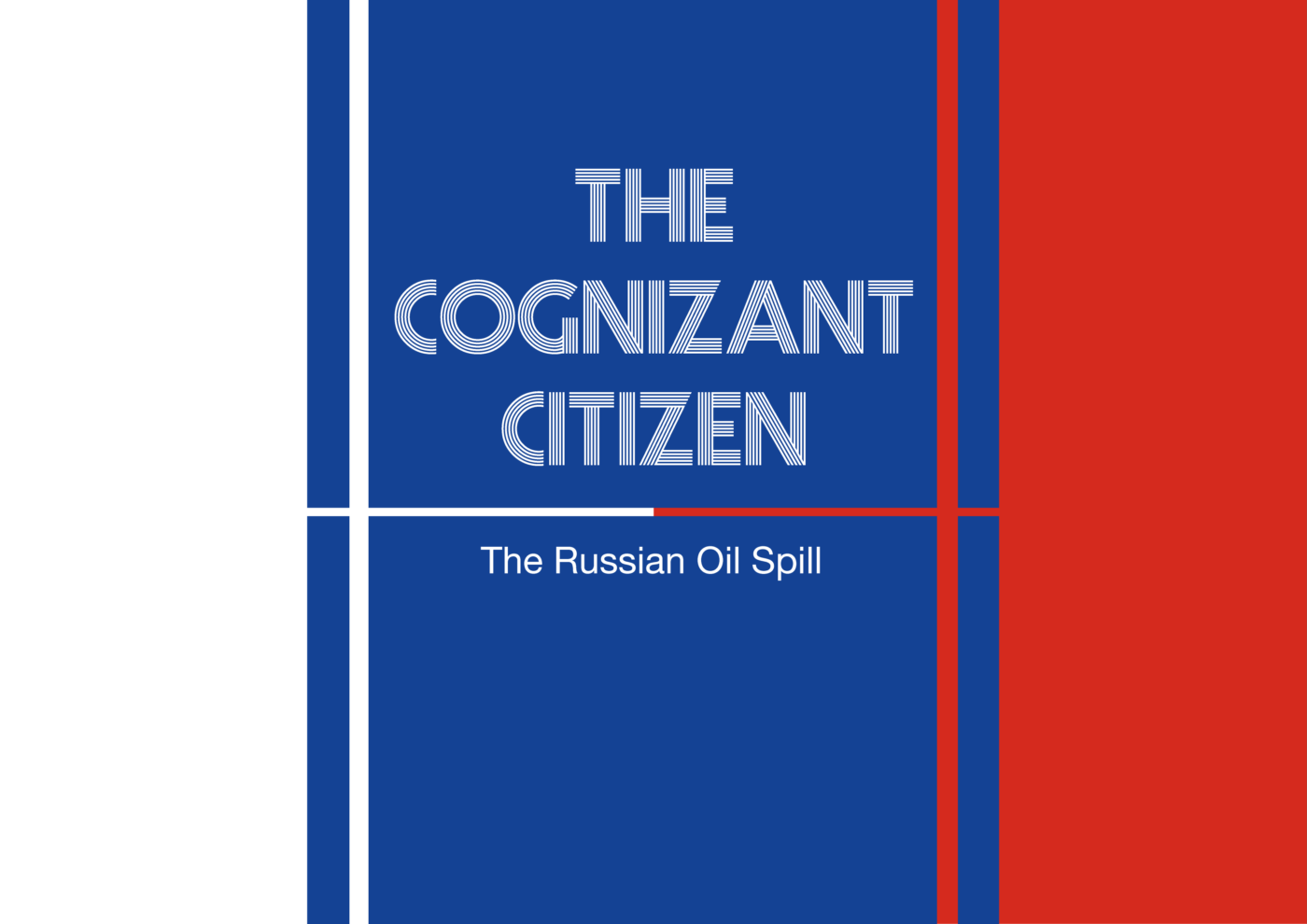
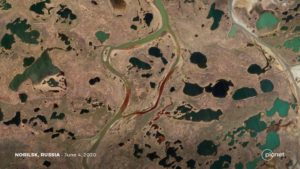
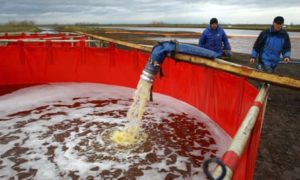
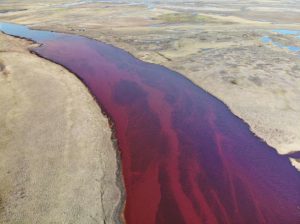
Leave a Reply
You must be logged in to post a comment.